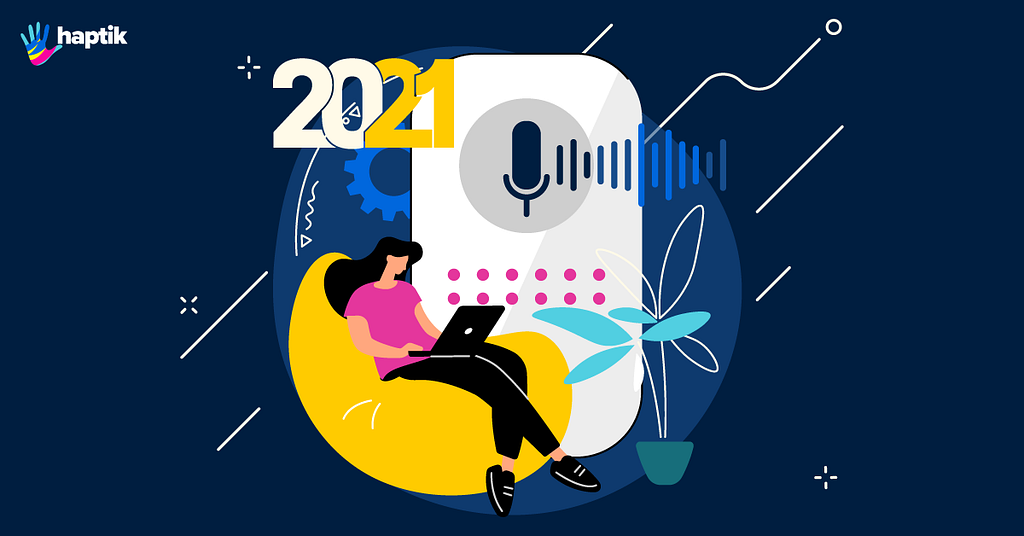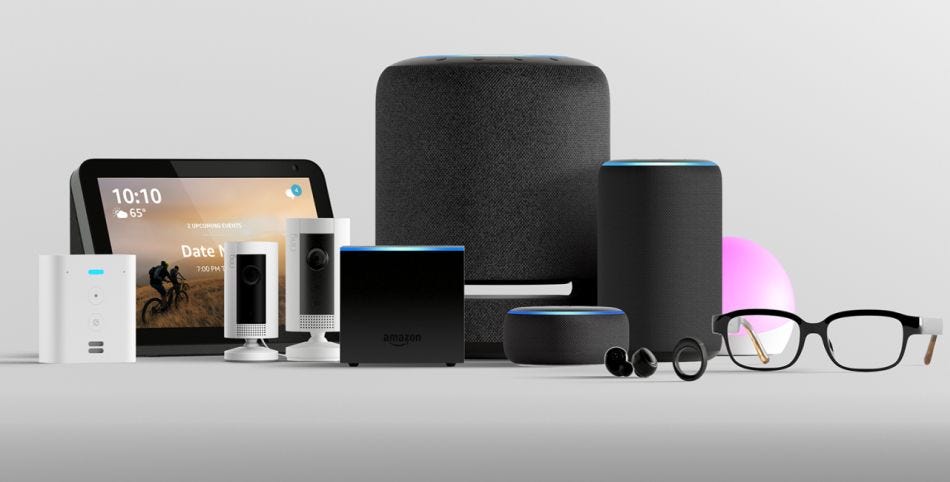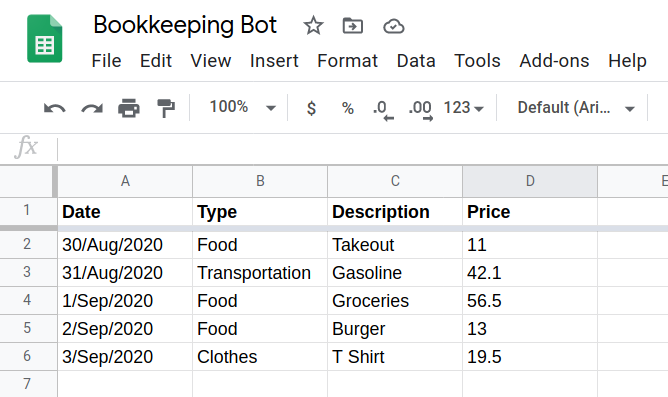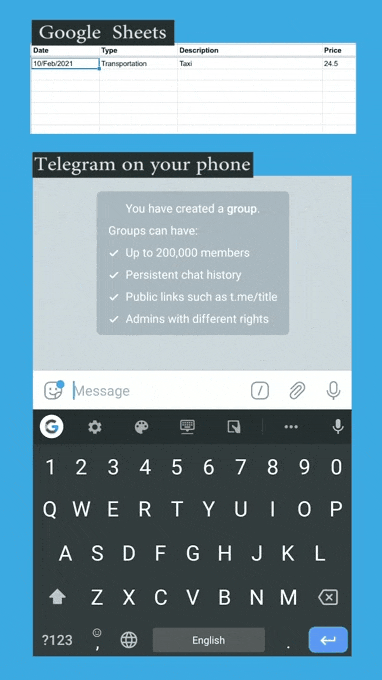Future of AI Voice Assistants — BotPenguin
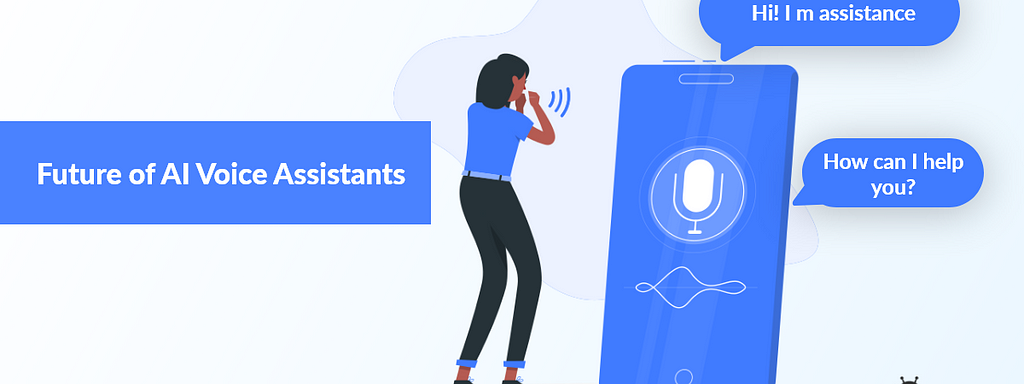
The constant technological advancement transformed the way people perceive voice assistants in their day to day lives. When voice assistants began to appear with the introduction of Siri, no one could have predicted that we can even communicate with voice inputs without even typing out. Also, it has been amongst the new technologies used in chatbot platforms, enhancing user experience. Now nearly after years, it’s estimated that every one in 6 Americans prefer using a bot or smart speaker (Google Home, Siri, and Amazon echo). Even, e-marketer report suggests that nearly 100 million users will be using voice bots.
Indeed, AI voice assistants will soar means, the tools and technologies behind these devices like AI (artificial intelligence) are shaping the industries and making them more technologically friendly. These are the parts of the next generation tool kit to spark growth in retail, healthcare, etc. And with the entrance of brands such as Amazon, Google is helping people make it a part of their day-to-day life and leverage it more precisely.
It quite obvious and seen voice bots are getting better at an exponential rate and racing the ways of communication among people and brands. Thus, people are having a significant question that what caused this paradigm shift towards voice ai. So let’s find out fast! But before moving forward, let’s discuss some basics!

“Voice bots or assistants are software or computer-based program powered by AI (artificial intelligence) that allow the user to navigate an interactive voice response system (IVR) and helps in giving input without typing. It mainly uses natural language processing (NLP). — to go deeper, know What are voice bots? Difference between chatbots and voice bots.
These voice assistants also make it possible for prospects to accomplish two things at once- instant responses, seamless browsing without even giving much effort to it, and all happens by just the voice! Even there are many benefits it offers.
Trending Bot Articles:
4. How intelligent and automated conversational systems are driving B2C revenue and growth.
What is causing the shift Towards Voice Assistants?
According to us, the major driver of the change transformation towards voice assistants is the changing user demands and how people are keen to learn better ways of communication with the changing time. Mostly, it is seen majorly because of a higher level of awareness among millennial customers. Having these tools is a must in this ever-evolving world where speed, efficacy, and comfort are major needs of the people.
AI in our lives is also fueling the drive of voice ai and encouraging people to use voice bot applications. With the innovation of products such as conversational UI, smart speakers, thermostats, and other appliances, they let people have comfort and easy execution of the tasks and raise the utility. Whether you need to browse something or book a cab, call your friend, and so on, all can be done via voice assistants. Even numerous industry experts predicted that nearly every application would deploy voice ai in the coming years.
And with this, this technology is seen everywhere so that it will take us in the coming future is no surprise.
So, now let’s give a high-level overview of voice assistants’ potential and how it is raising unstoppably.

Key Statistics of Voice Bots
We can plot an outline of the future of voice assistants by looking at these facts and figures. A recent report from PWC suggest s that ai voice assistants have been used in a multitude of ways during the past decade, and they will continue to support us even later too. Here are some of the figures for you all:
- Around 90% of people identified voice bot as useful.
- And, 72% had used ai voice assistants.
- Around 27% of people faced issues while giving commands.
- It has been seen, 20% of issue commands for the vehicle navigation process.
Hence, these depict how it is growing for the better and making businesses more automated, and serving customers with more comfort. Let’s move forward with greater predictions and possibilities about voice ai.
Voice bots Offer Streamlined Conversations.
Talking about voice assistants, Google and Amazon recently announced no use in repeatedly saying “wake” words. Earlier, both assistants were initiated with the word “wake” to start with the new conversation. For instance, if you want to know nearby restaurants, you have to say Alexa before requesting any information. And then, Alexa will respond to your query and offer solutions via voice.
Customers use voice bots in specific sorts of queries. It also helps in deciphering these contextual factors making a conversation more effective and convenient. Thus, the way it is supporting human life will become one of the must-haves shortly.
Is It Highly Compatible and Has Greater Integration Scope?
I will say voice assistants are highly compatible and can be integrated into multiple platforms. Even Amazon has been ahead of the game and launched high-end products such as speakers. It has already integrated a vast array of products, including Samsung’s Family Hub refrigerators. And with this, Google also caught up! The idea behind this is to give custom experiences to everyone via specific functions integrated with the assistants.
We will surely see a greater interest in developing voice-enabled devices in the coming years, and adoption rates will increase.
Will Voice Assistants change Browsing Behavior?
Voice technology is one of the hottest topics ever; in every debate, it is being taken out! The major challenge is visibility, as people can’t or see due to not having a visual interface. Users can only get the service if they are connected to Google Home or Alexa application. Thus, search behaviors will undoubtedly change and become relatively fast and swift, as by giving simple voice commands, you can get anything you are looking for. Some reports say voice-based ad revenue could reach $19 billion by 2022, all thanks to the vast part of voice search apps on mobile devices and speakers. This will donate a larger part to the overall growth too.
They are up with Voice Push Notifications.
We already discussed several times chatbots use user-centric push notifications to keep customers updated about the needed information. Similarly, voice assistants use the same as a re-engaging approach with your app or websites. This helps users get timely information or updates regarding the task they are doing. Also, voice presents a unique way of distributing push notifications. It leads to better engagement, retention and reminds users of the app information or upcoming events. Now that we have both Google assistants and Alexa allows the user to enable voice notifications at their fingertips; they can hear them rather than reading them. With this, the future of voice bots extremely brighter.
Conclusion
With the constant advancements in several fields are supporting voice bots and chatbots have become more sophisticated by everyday use. It has now established itself as the ultimate comfort exercise, and even several platforms like BotPenguin also making it sure.
Don’t forget to give us your 👏 !




Future of AI Voice Assistants — BotPenguin was originally published in Chatbots Life on Medium, where people are continuing the conversation by highlighting and responding to this story.
